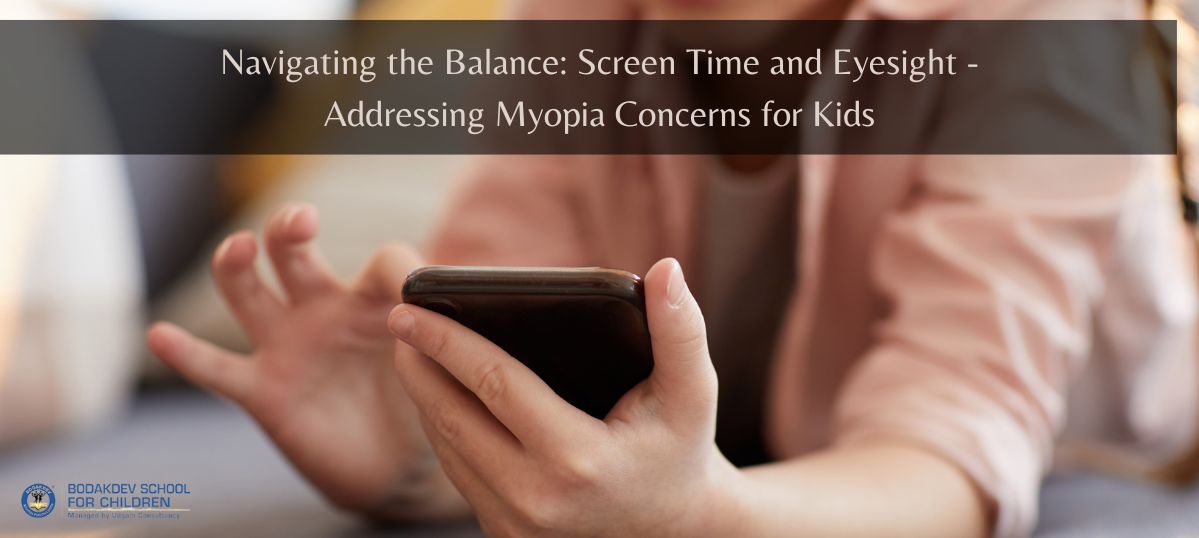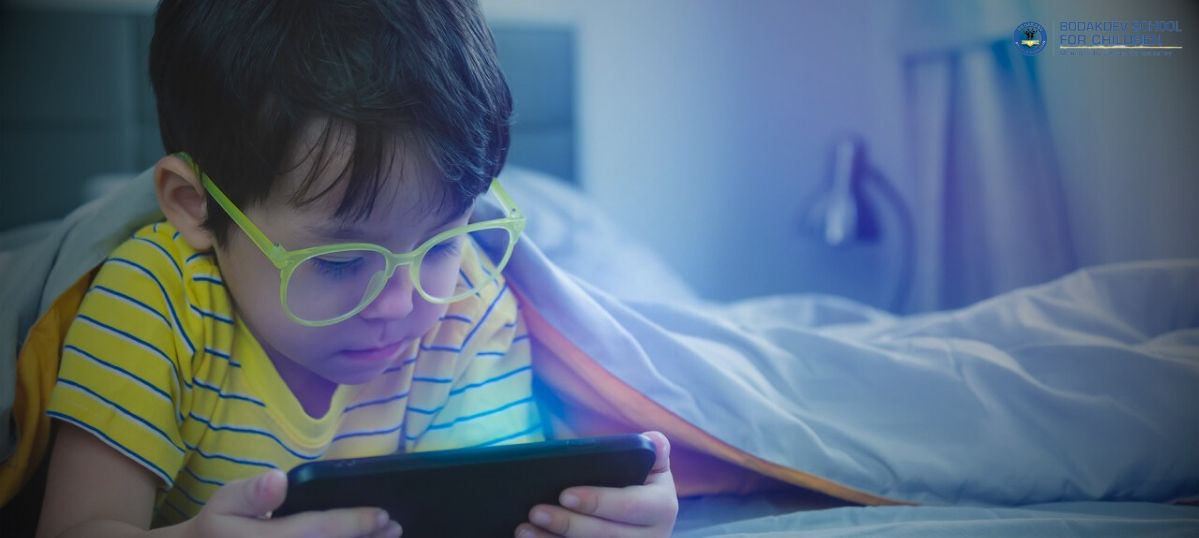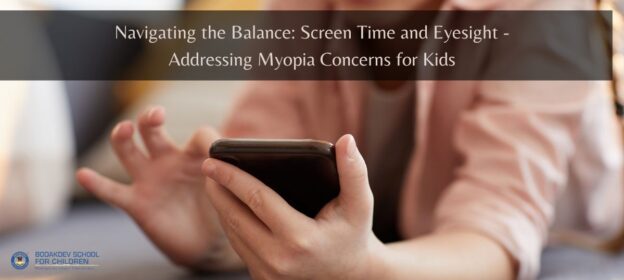
In today’s digital age, where screens are an integral part of daily life, concerns about their impact on children’s eyesight have become increasingly prevalent. Parents and educators must understand the delicate balance between screen time and maintaining healthy eyesight, especially in the formative years of preschoolers. In this article, we’ll delve into the implications of excessive screen time on children’s eyesight, explore strategies to mitigate myopia in children, and highlight the role of Bodakdev School for Children in promoting visual health.
Understanding the Myopia Epidemic
Myopia, commonly known as near-sightedness, is a refractive error that causes distant objects to appear blurry while close objects remain clear. Over the past few decades, there has been a significant rise in myopia prevalence among children, prompting researchers to examine the contributing factors. One prominent factor identified is the increased use of digital devices, leading to prolonged near-work activities and reduced time spent outdoors.
The Impact of Screen Time on Eyesight
The pervasive presence of screens in children’s lives, whether through smartphones, tablets, computers, or televisions, has raised concerns about its effect on visual health. Prolonged screen exposure, characterized by close-up focusing and blue mobile light emission, can strain the eyes and disrupt their natural development. The phenomenon known as digital eye strain encompasses a range of symptoms, including eye fatigue, dryness, blurred vision, and headaches, all of which can contribute to myopia progression over time.

Strategies for Mitigating Myopia Risks
While digital devices play a crucial role in education and entertainment, it’s vital to implement measures to protect children’s eyesight and reduce myopia risks. Here are some practical strategies for parents and educators to consider:
Limit Screen Time: Establish clear guidelines for screen usage, including designated screen-free periods and limits on daily screen time. Encourage alternative activities that promote outdoor play and physical exercise.
Follow the 20-20-20 Rule:
- Encourage regular breaks during screen time by following the 20-20-20 rule—every 20 minutes.
- Take a 20-second break.
- Focus on an object at least 20 feet away to reduce eye strain.
- Optimize Screen Settings: Adjust device settings to minimize blue light emission and glare, which can strain the eyes. Consider using blue light filters or installing applications that regulate screen brightness based on the time of day.




